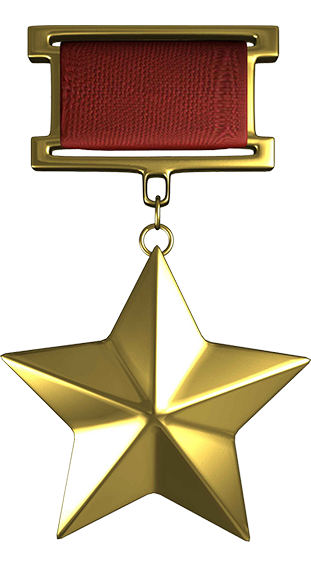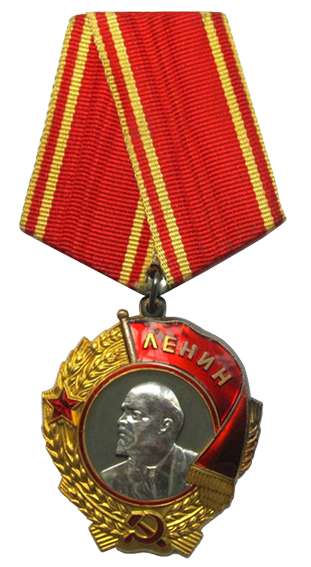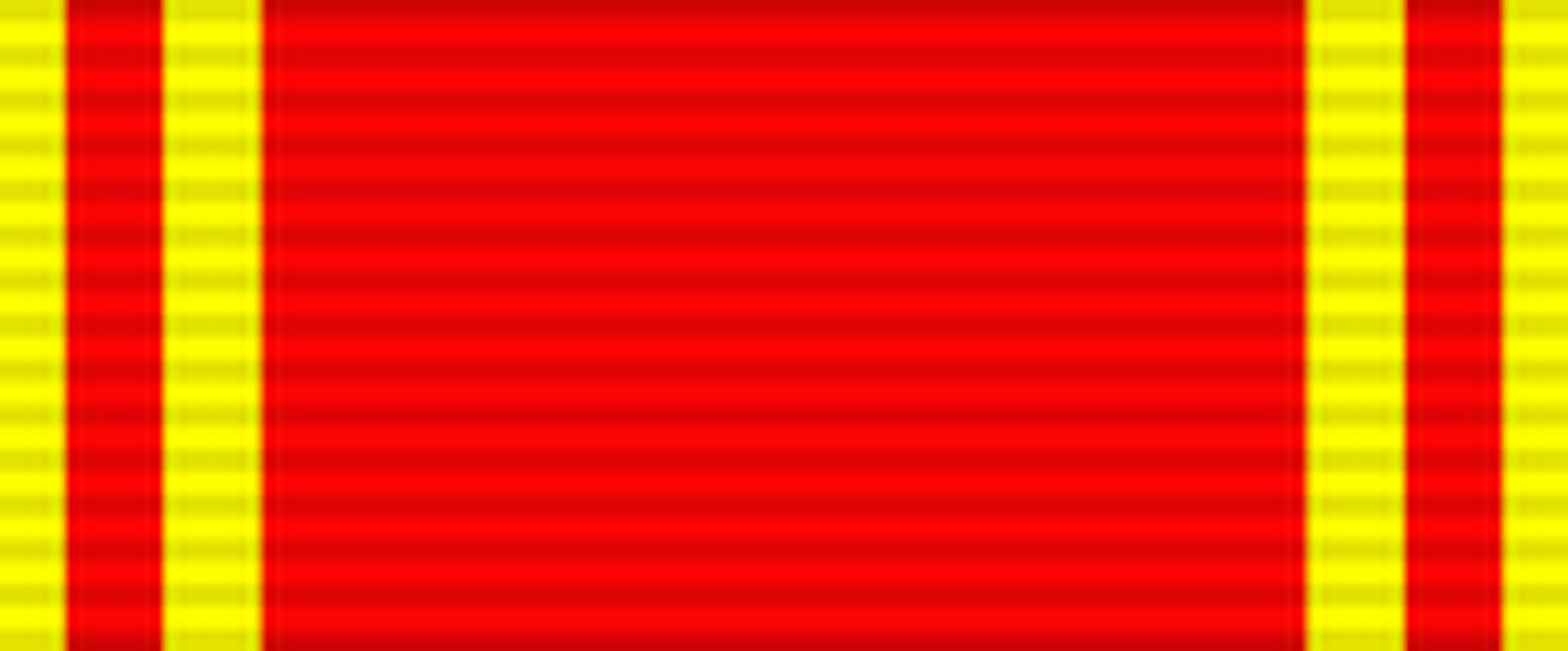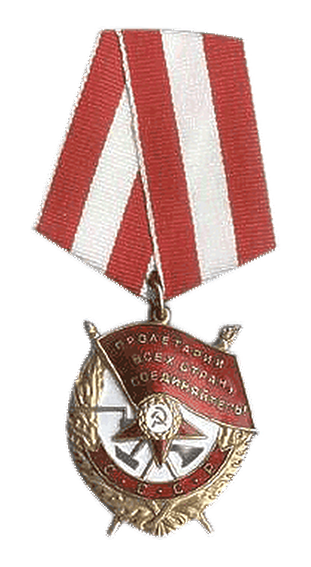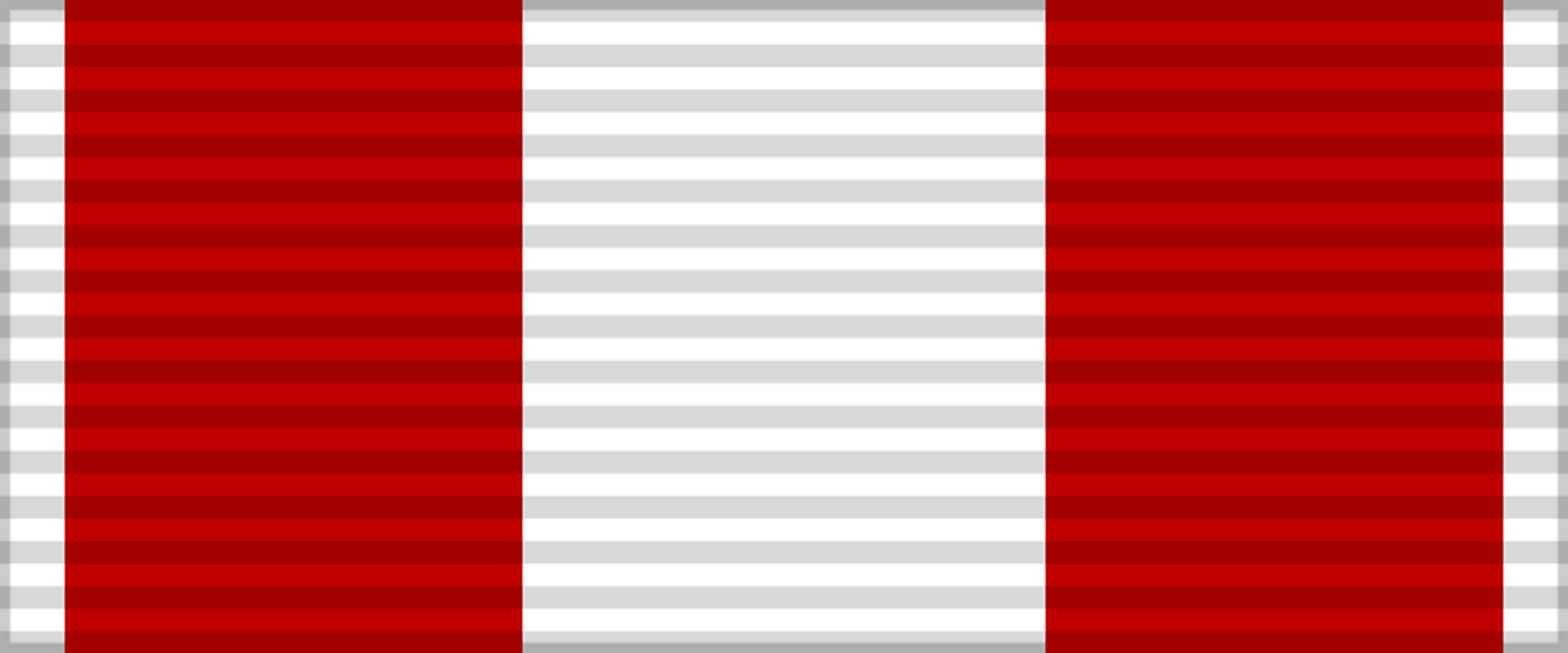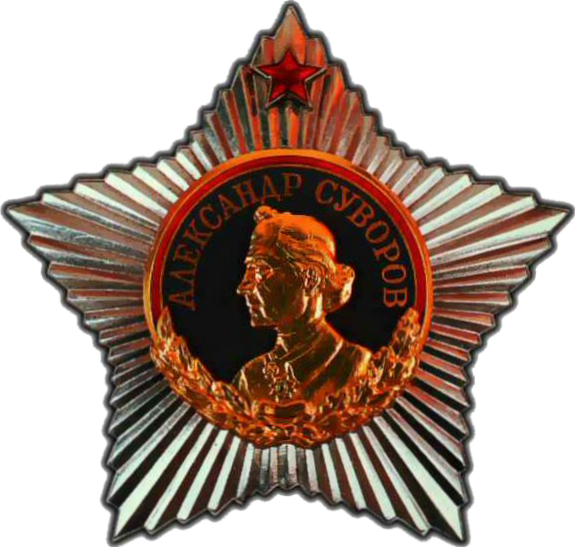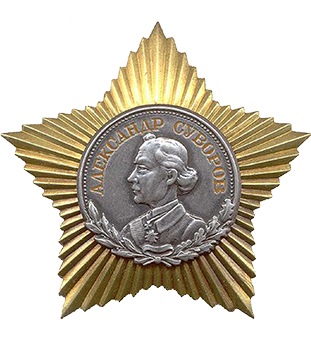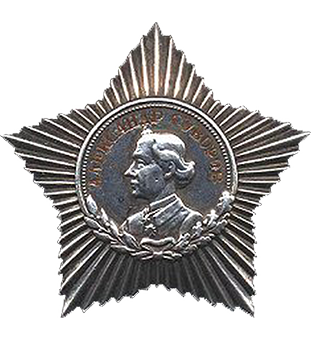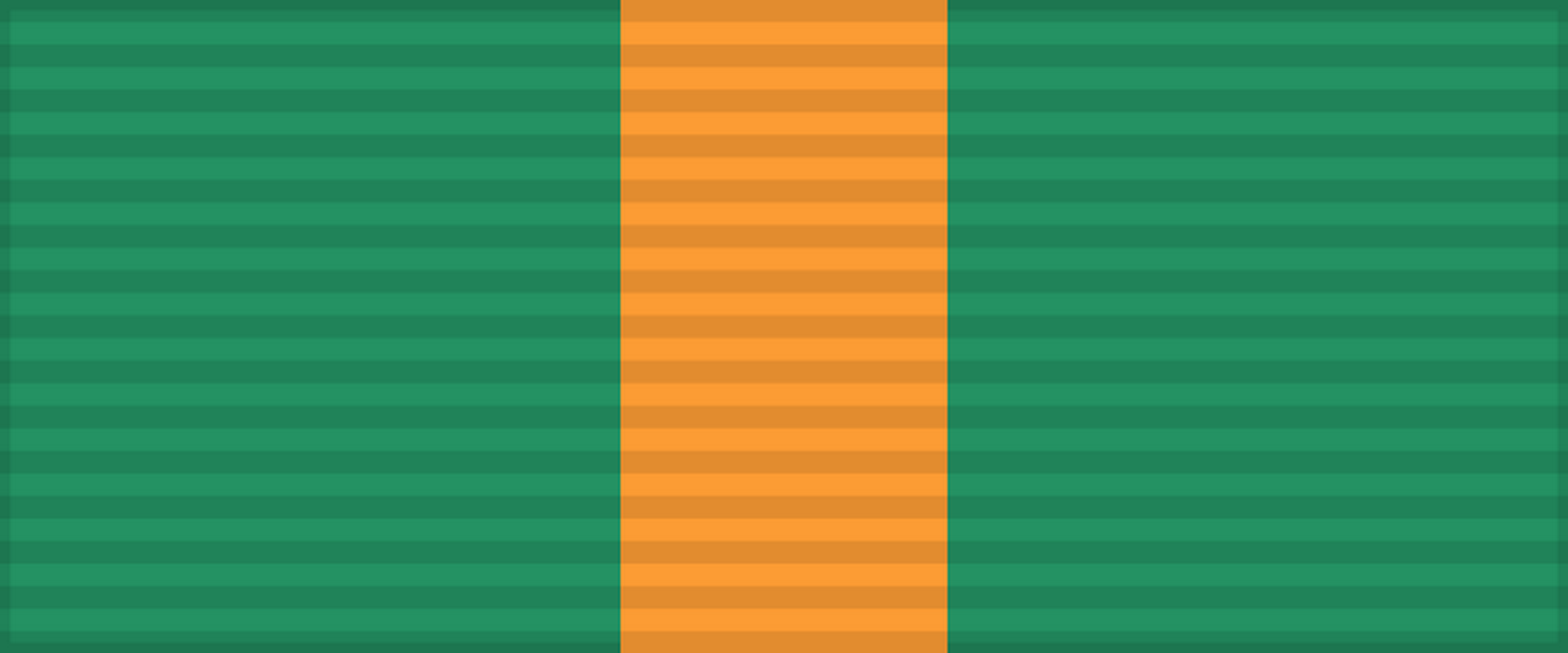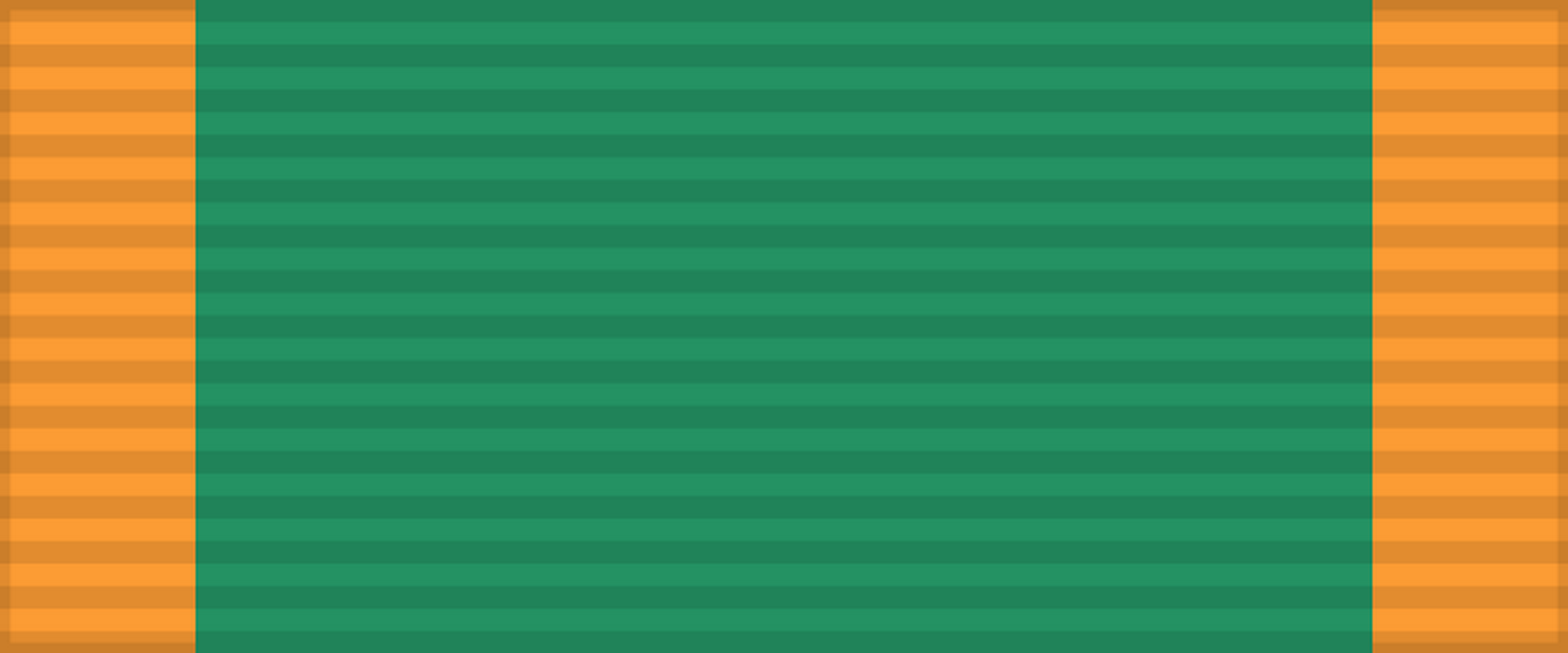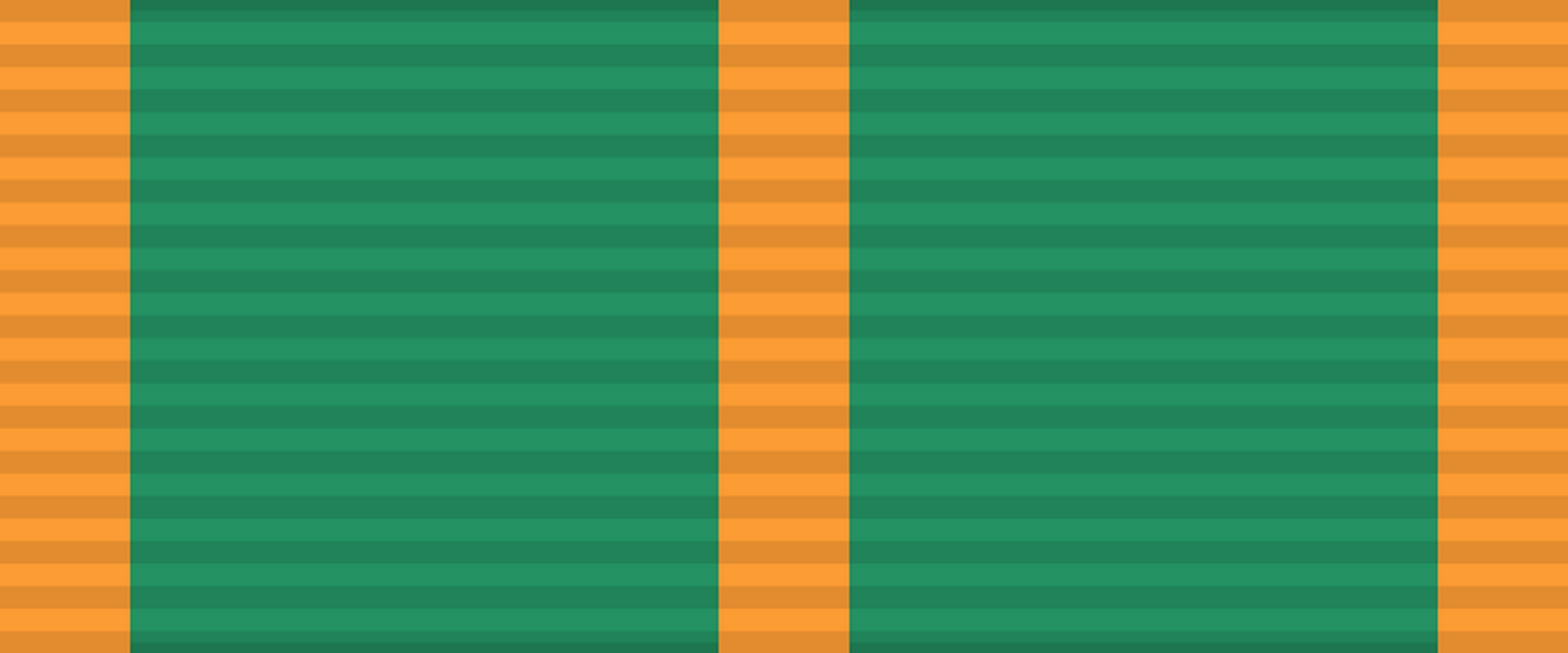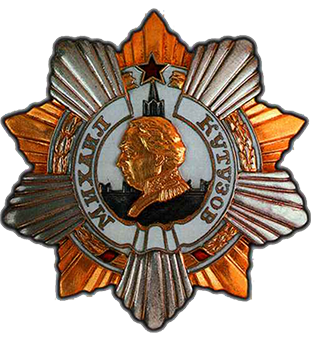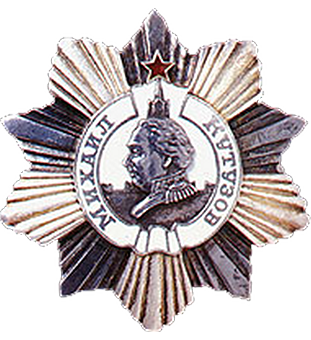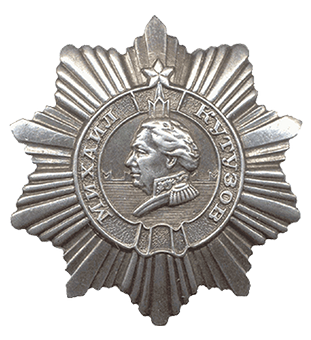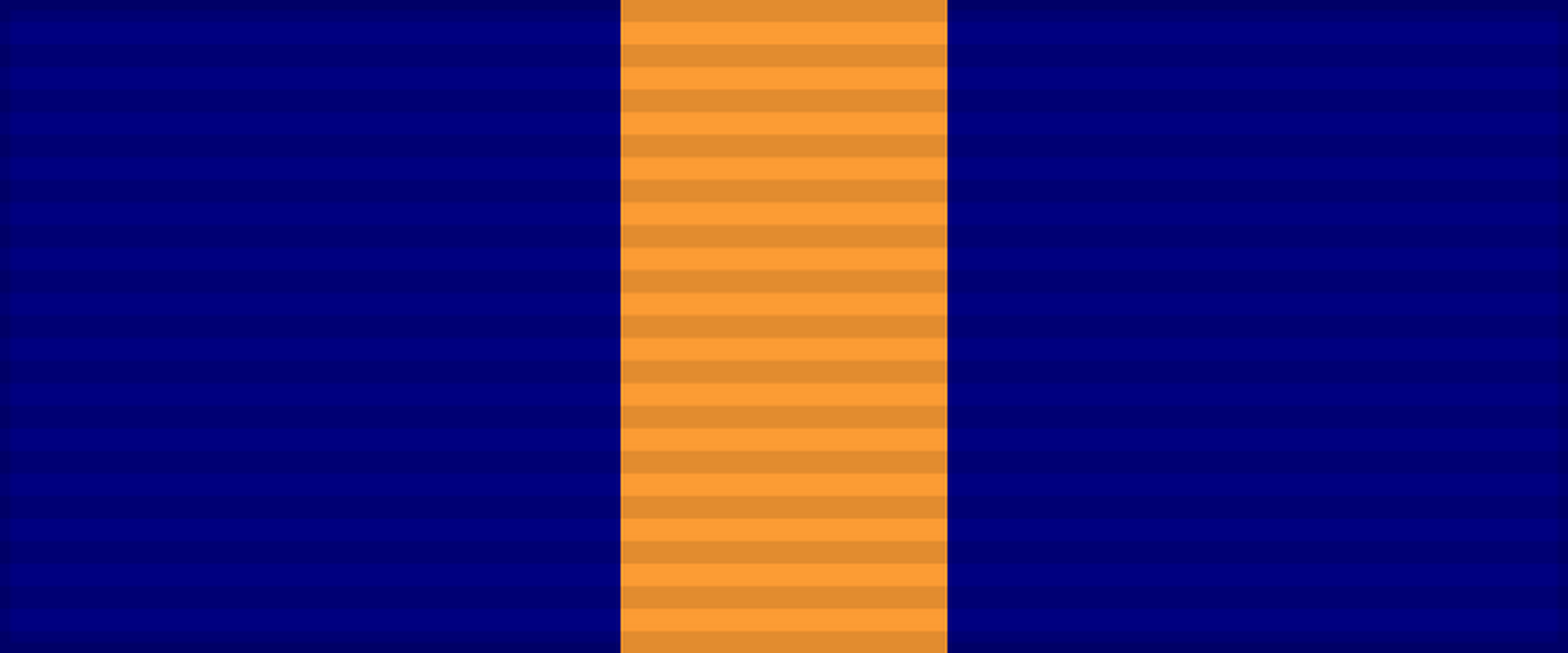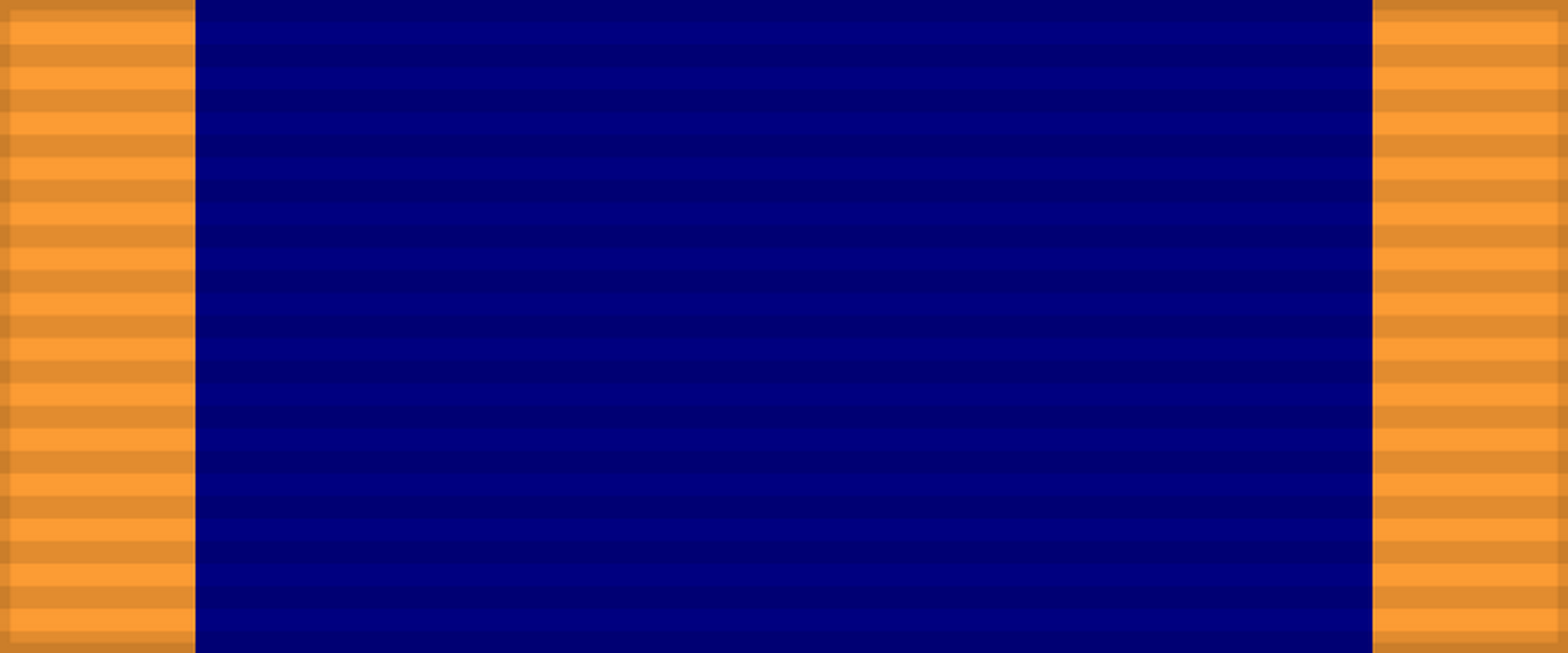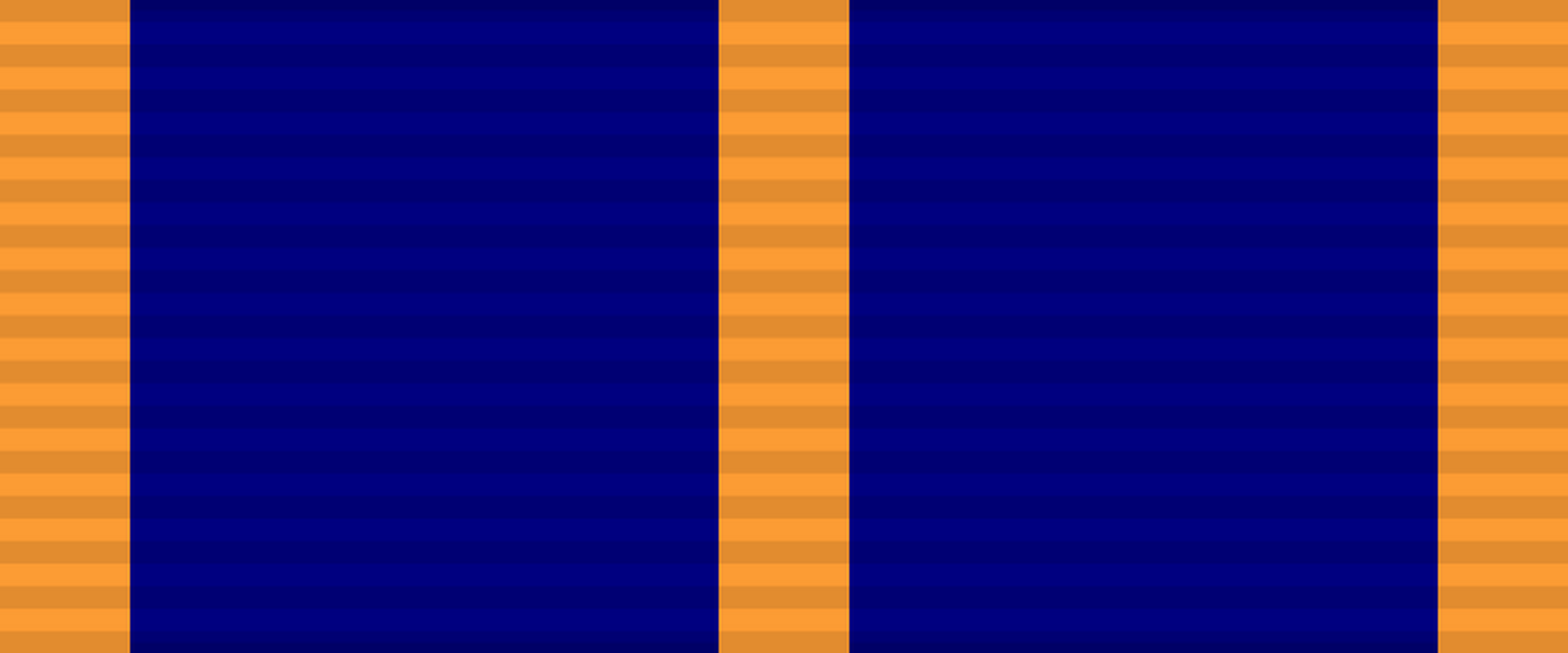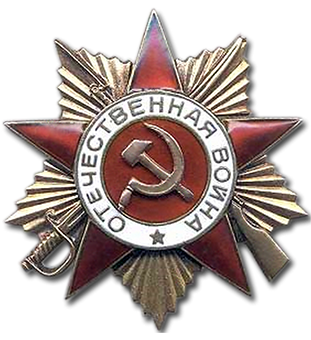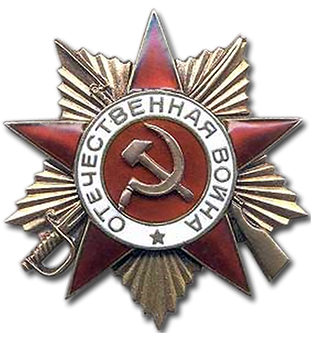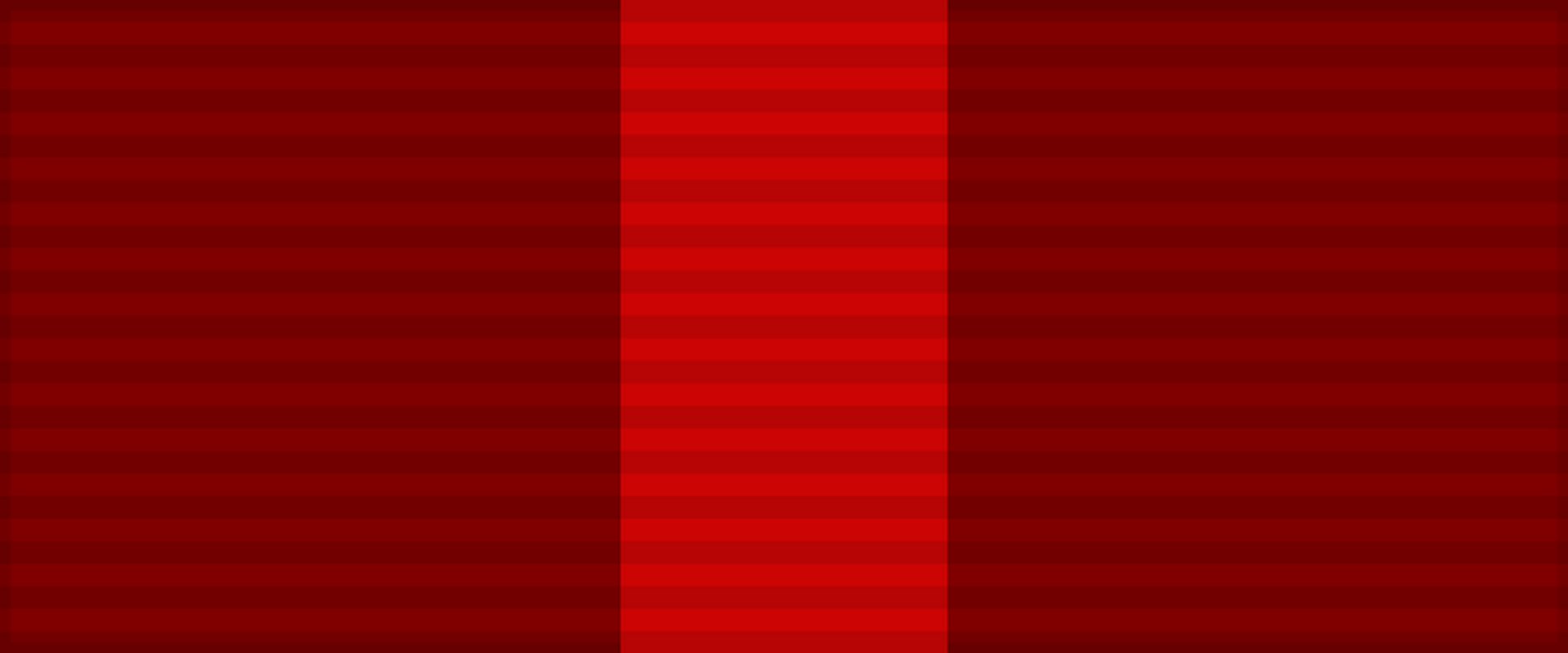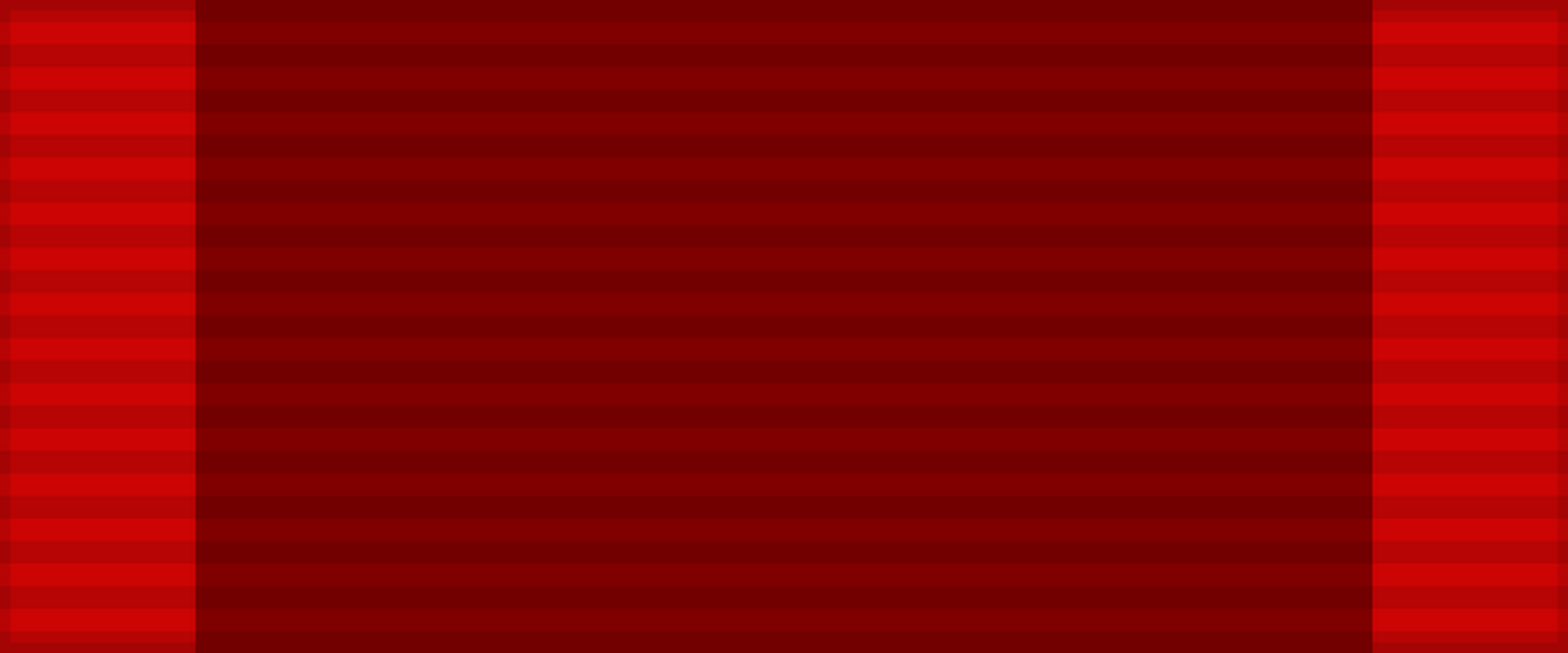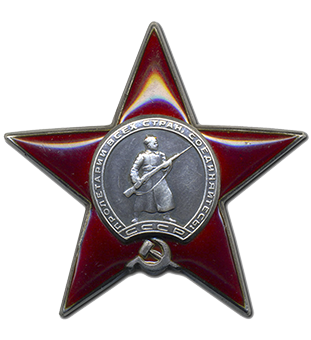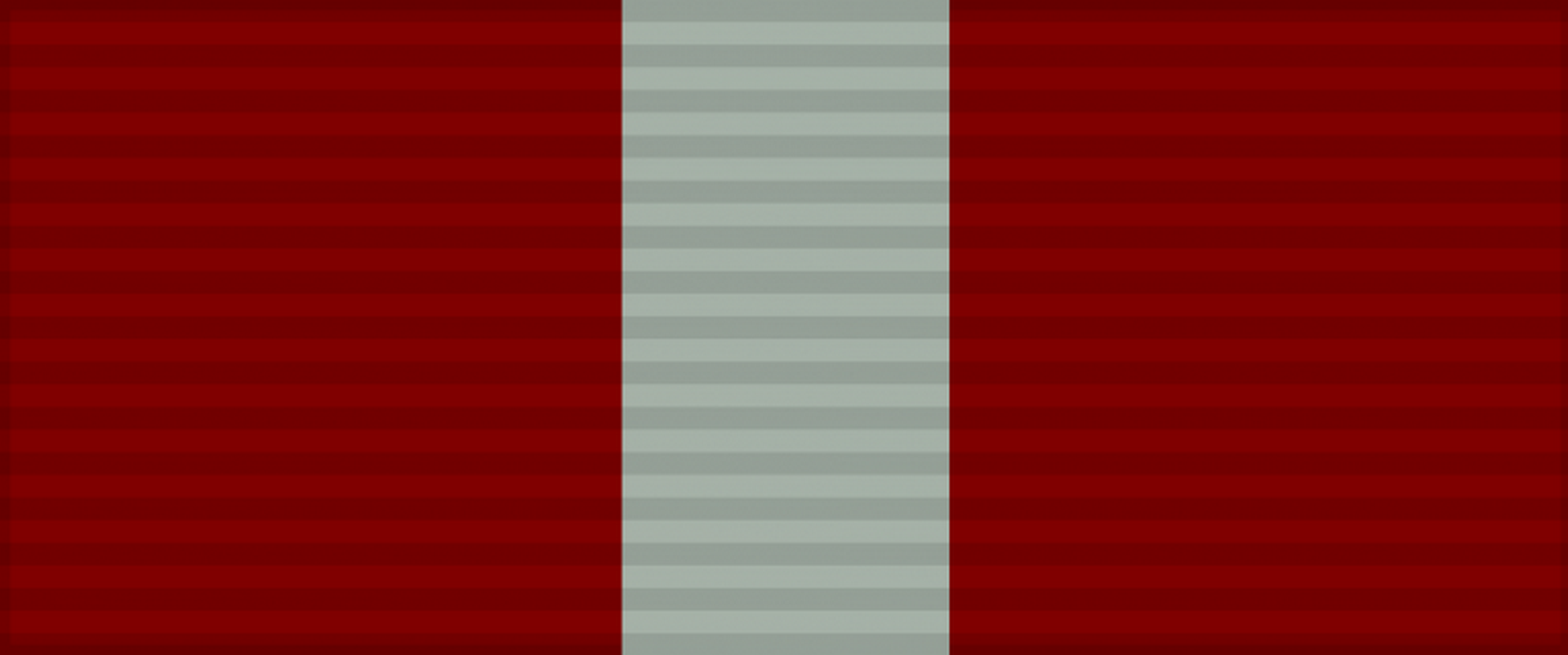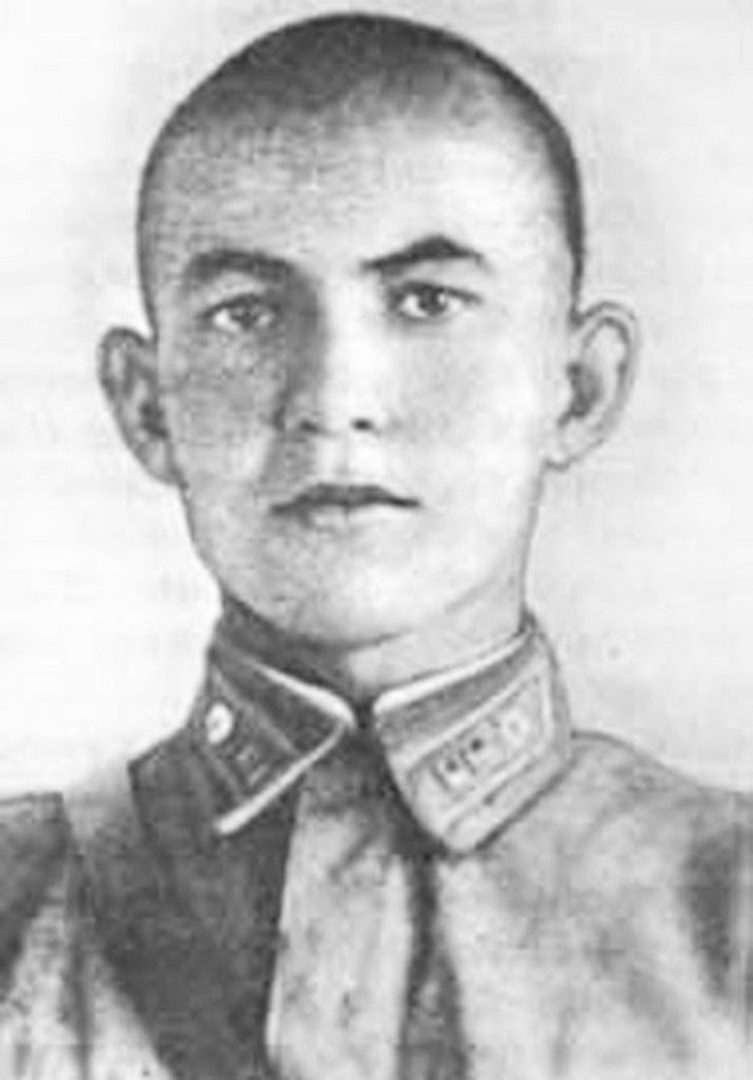
KURBANOV AHMEDJON
Major of Guard, Participant of World War II, The Hero of the Soviet Union (March 24, 1945)
He was born on October 10, 1921 in the village of Sherkurgan (now Jambaysky district of Samarkand region) in a peasant family. He was Uzbek. He graduated from the 3 year of teacher training and worked as a teacher. In 1938 he went to Yaroslavl and worked in a tire factory.
In October 1940, he was drafted into the Red Army from the Kirov District Military Commissariat in Yaroslavl and sent to the Red Bannered Infantry School in Tambov. World War II began, when he was a cadet. He graduated in the autumn of 1941, but was not sent to the front. As a talented and enthusiastic officer, he was sent to “Vistrel” for senior officer courses.
In early 1943, was sent to the 1st Belorussian Front as commander rifle battalion of the 128th Guards Rifle Regiment of the 44th Guards Rifle Division and was wounded in battles with the Nazis in February, but soon returned to the battalion.
In the battles of June 1944, he was active in breaking through the Nazi defenses on the direction of Bobruisk. The Guards successfully broke through the enemy’s defenses in the area entrusted to Major Kurbanov. The battalion, which had penetrated deep into the Nazi positions north of the village of Gukhlino, fought incessantly with the enemy, covered 45 kilometers in three days and reached to the Narev River. To distract the Nazis in a difficult situation, the battalion commander used a tactical trick: the battalion crossed in an insignificant place, but he himself crossed the river with the battalion’s main forces in the village of Korolevtin (10 km north of Poland). The commander’s account was justified. The bridgehead on the right bank of the Narev River was captured with few casualties.
Developing success, the Kurbanov battalion’s warriors captured the Nazi coastal fortifications and allowed the entire regiment to cross the river quickly. The battalion entered the Nazi defenses, inflicted a heavy blow on enemy trenches, defeated the enemy in hand-to-hand combat, reached an altitude of 91.3, and crossed the road northeast of the village of Sivesheno.
The Nazis carry out several counterattacks using tanks and armored vehicles, but all are repulsed. In only one of the retaliatory attacks in the hills, Soviet troops counted destroyed 6 Nazi tanks, 4 armored vehicles, 12 machine gun points, and the bodies of 185 soldiers and officers. They captured 1 undamaged tank and 13 fascists as booty.
Major Kurbanov was recommended for the title of “The Hero of the Soviet Union” for his heroism in commanding the battalion, breaking through the enemy’s defenses, crossing the Narev River and capturing the bridgehead.
On February 6, 1945, Battalion Commander Kurbanov was killed in Poland. He was buried in the Brotherhood Cemetery in the village of Shinikh, Grudziadz district, Kuyavian-Pomeranian region.
By the Decree of the Presidium of the Supreme Soviet of the USSR of March 24, 1945, “For exemplary performance of combat duties, courage and heroism in the fight against Nazi invaders on the front”, Major Kurbanov Ahmedjon was awarded the title of “The Hero of the Soviet Union” (after his death).

